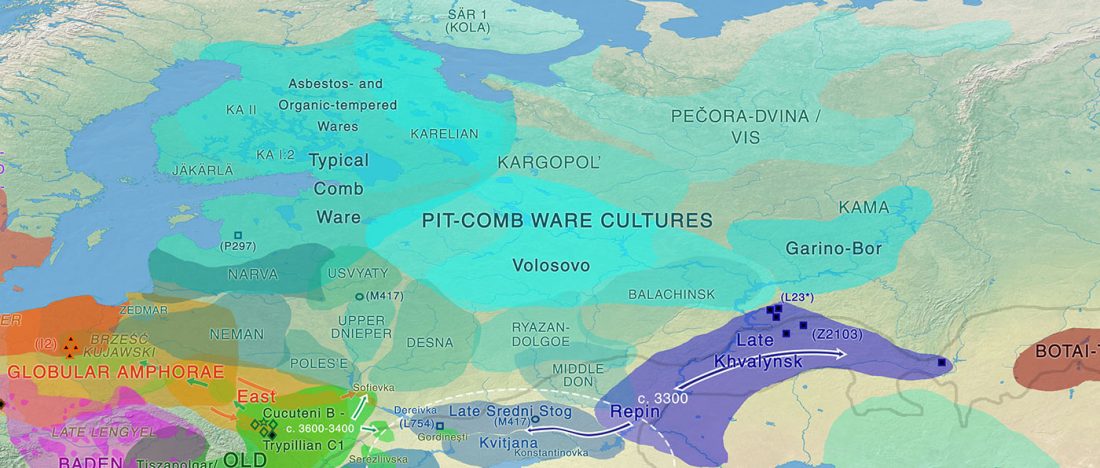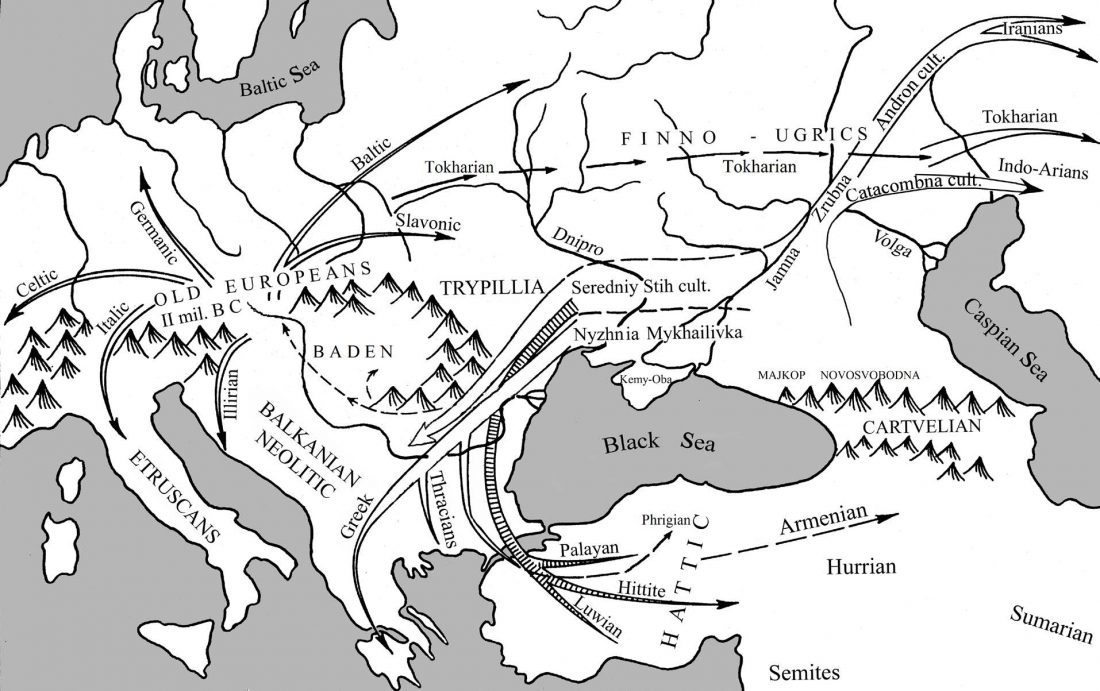Looking for information on Novosvobodnaya samples from Wang et al. (2018) for my latest post, I stumbled upon this from the Supplementary Data 2 (download the Excel table):
Latvia_MN1.SG (ZVEJ26)
Skeletal element: petrous
Sample: Latvia_MN_dup.I4627.SG
Date: 4251-3976 calBCE
Location: Zvejnieki
mtDNA: U4a1
Y-DNA: R1b1a1a2
Coverage: 0.15
SNPs hit on autosomes: 167445
The data on Mathieson et al. (2018) is as follows:
… Read the rest “Wang et al. (2018) Suppl. data: R1b-M269 in Baltic Neolithic?”I4627 (ZVEJ26)
Skeletal element: petrous
Origin: ThisStudy (New data; Individual first published in JonesNatureCommunications2017)
Sample: Latvia_MN
Date:4251-3976 calBCE (5280±55 BP, Ua-3639)
Location:Zvejnieki
mtDNA: U4a1
Y-DNA: R1b1a1a(xR1b1a1a2)
Coverage: 1.77
SNPs hit on autosomes: 686273Y-Chromosome derived SNPs: R1b1a1a:PF6475:17986687C-

